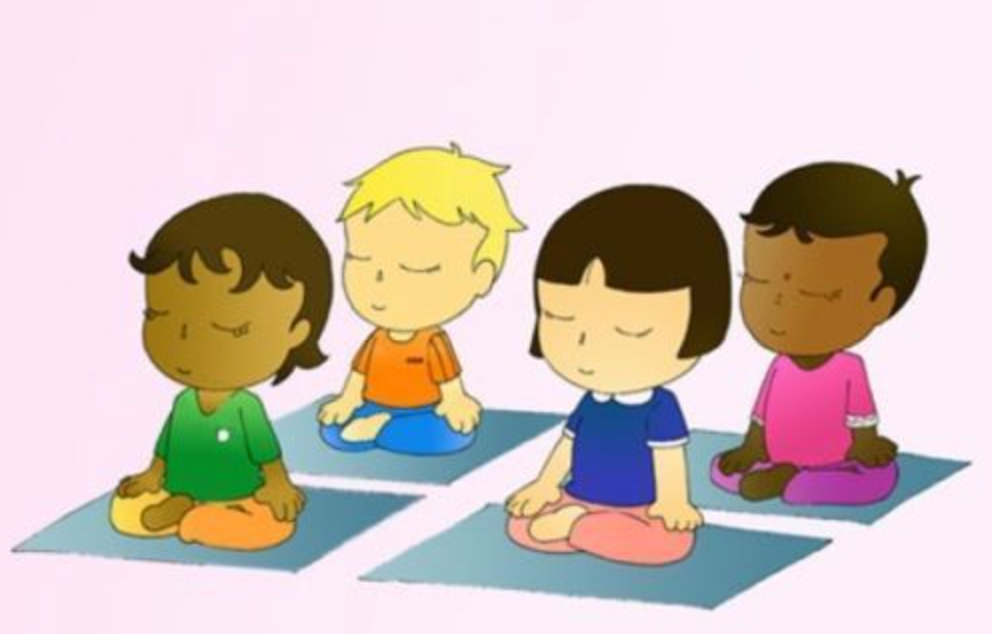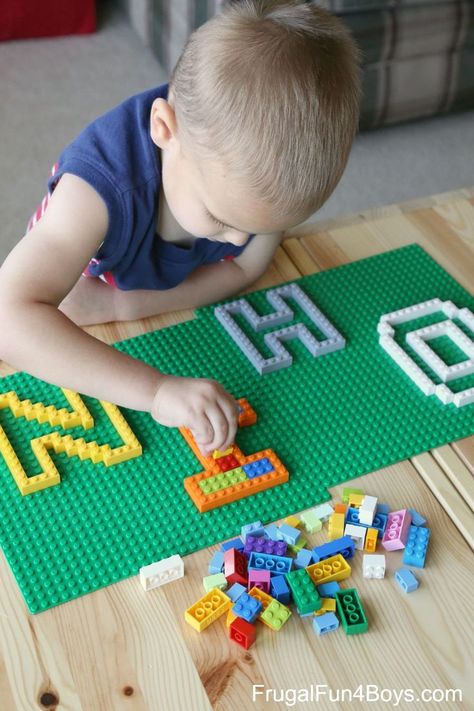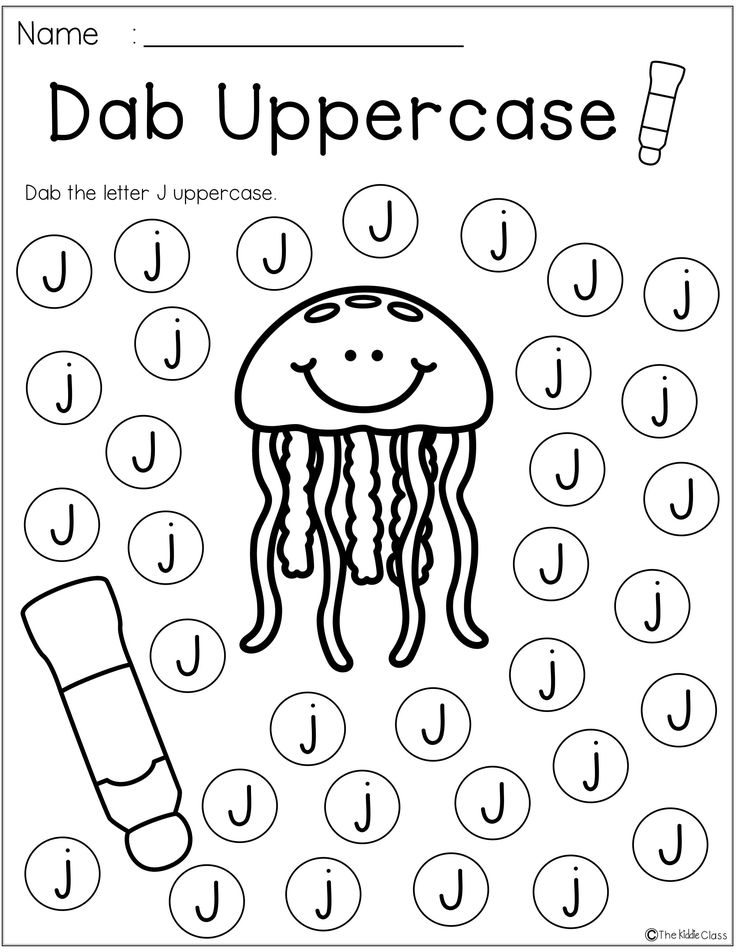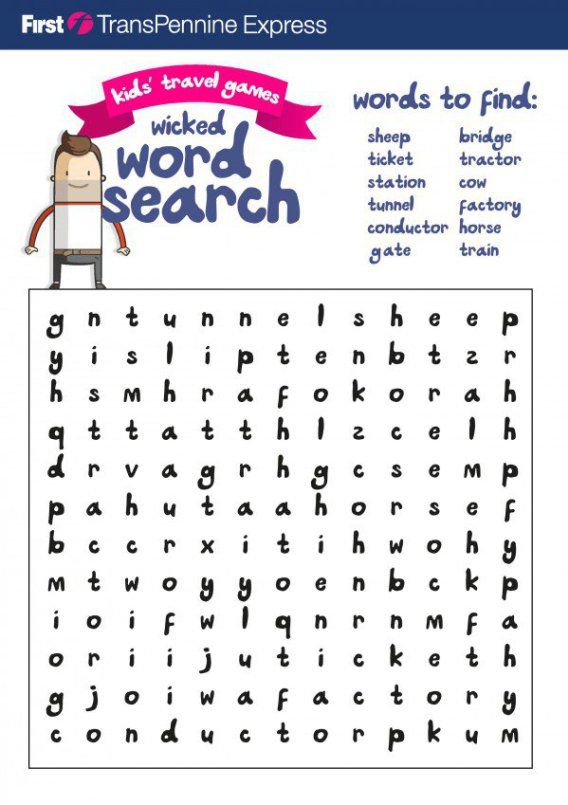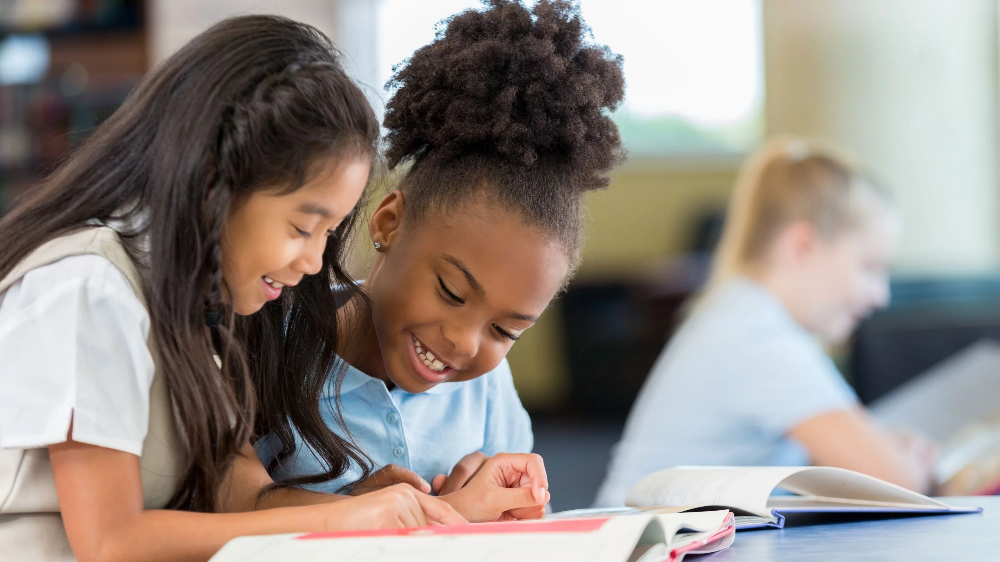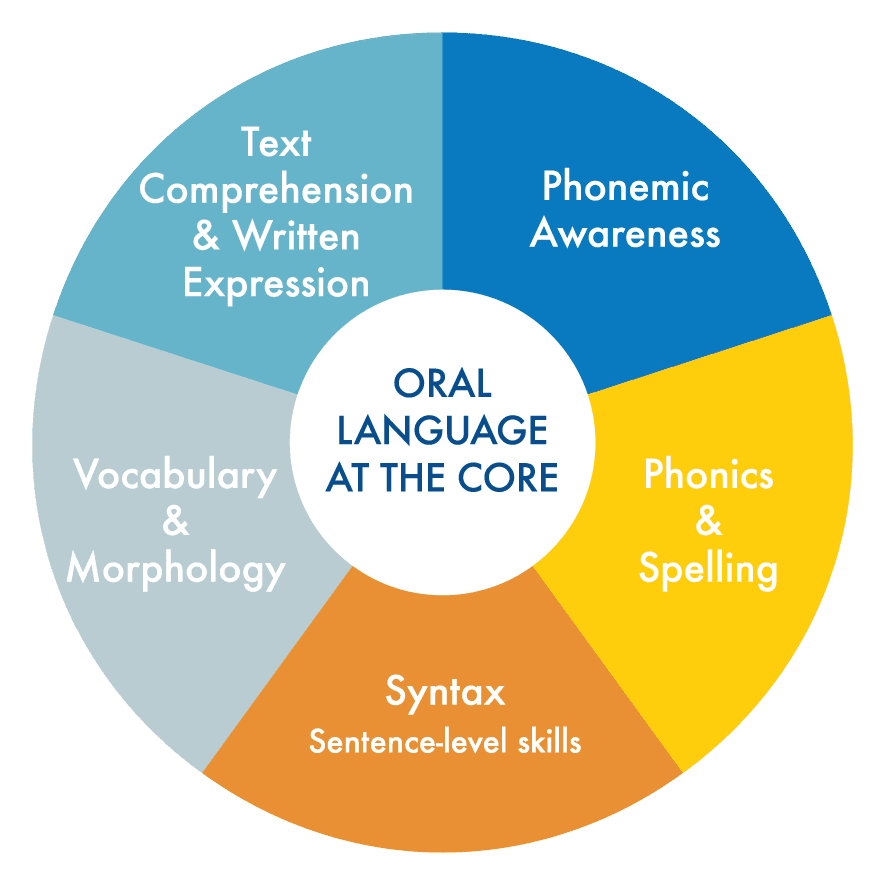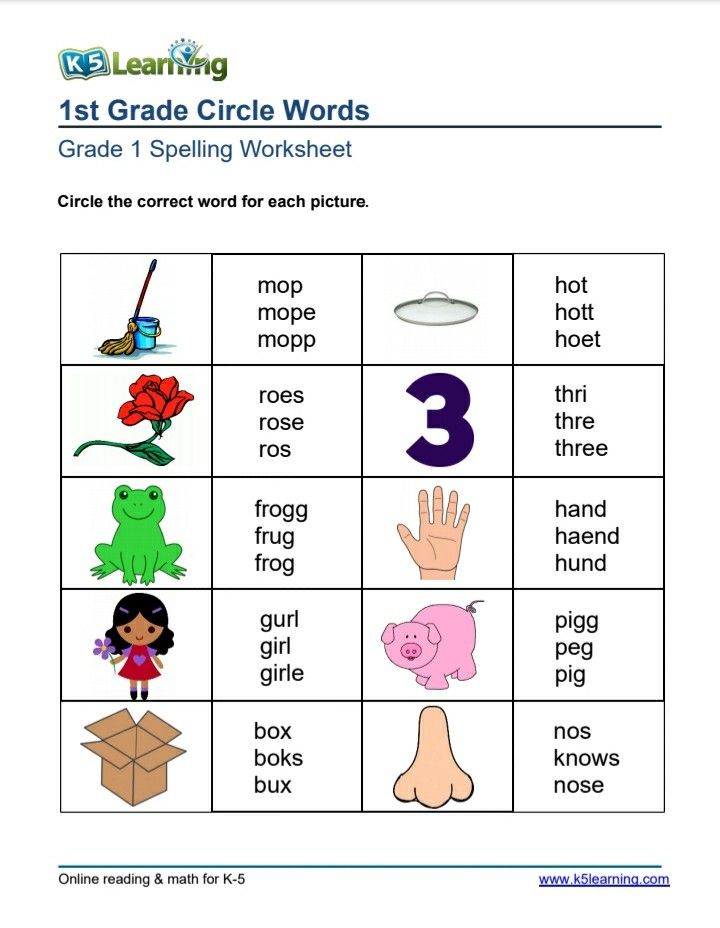5 minute meditation for kids
Ammi’s Adventures: A 5-Minute Mindfulness Meditation for Kids
Welcome to the world of Ammi—a mindfulness adventure series for young children. Ammi is a wise and gentle child who leads the way as we explore ourselves and one another through the natural world. Each story uses guided imagery to inspire inner connection and support emotional regulation. These simple meditations recognize the importance of imagination as a foundation for conscious creation in the world. They bridge the physical, the energetic, the emotional, and all the spaces in between. Whether in the home or classroom, you can engage in these special practices with children of all ages. Read them aloud together, listen to the guided meditation, and welcome the time to process and integrate the practice.
Ammi’s Adventures: Trees
Art by Courtney MandrykHi! I’m Ammi. My name means “the whole world is inside of me,” and I think it’s true: I carry the whole world in my mind and heart and body. I know you do, too! I like to play games, explore, and discover what makes me, me. I’m so glad we’re together on this journey!
When was the last time you hugged a tree? I can hardly imagine how many trees I’ve sat with, whispered to, climbed on, eaten from, been shaded by, and hugged in my life! Can you? Trees are our friends and trees are our teachers. Trees are alive just like us and they can help us learn about ourselves.
Think about a favorite tree, which one comes to mind? Maybe there’s one in your backyard or in the park down the street. Perhaps at your school, by the lake, or in the forest where you went camping? Think about that tree now and notice its presence.
What is the tree’s bark like? Smooth, rough, thick, peeling? The bark protects the tree like skin, it’s a barrier from the elements. The bark says, “I am a tree.” Just like a tree, we need boundaries too!
Think about the tree’s roots. Are they thick or thin, bumpy or knotted? Can you imagine how far they go and how they connect with all the living things that we don’t get to see? The roots anchor the tree into the earth, and keep it steady no matter what happens.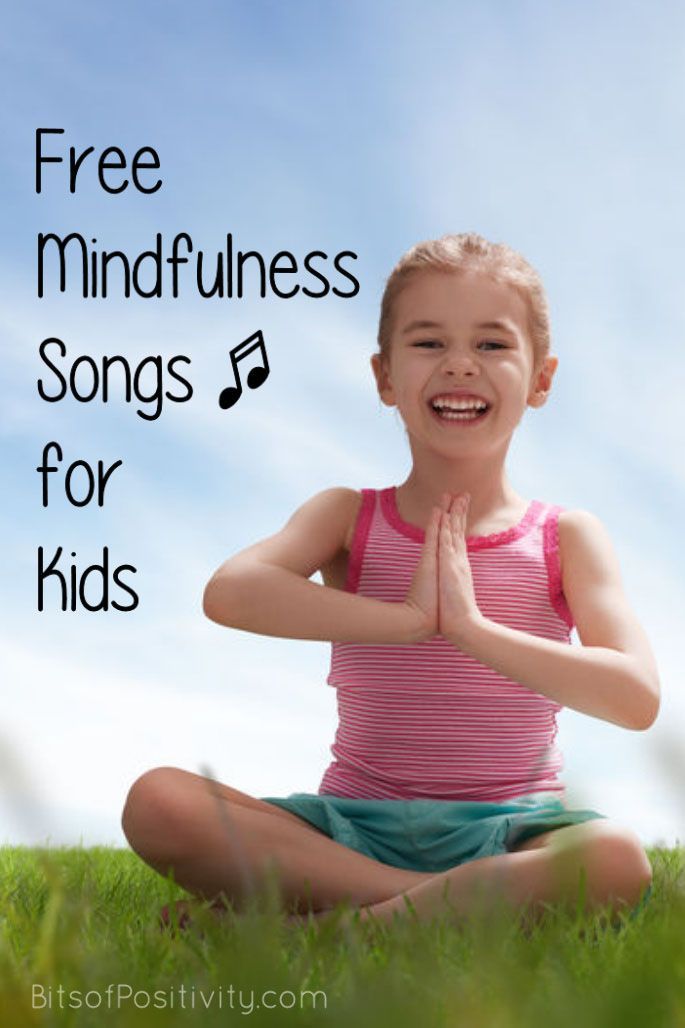 The roots say, “I am safe.” We need to feel grounded and held too!
The roots say, “I am safe.” We need to feel grounded and held too!
What about the tree’s trunk? Is it wide or narrow, short or long, straight or bent? It is the tree’s core, its body. The trunk says, “I am strong.” We need to feel solid and steady within ourselves too!
Now think about the tree’s branches and leaves. Every tree is unique! Some bring fruit, others are evergreen. Some branches are twisted together and others are sky high! Like arms, hands, and fingers, they express beauty and create nourishment for the world. They say, “I am whole.” We belong here too! We all have beautiful gifts to share!
There is so much change happening. For all of us. Even for the trees. With all this change, it’s helpful to remember what is true. What is true is what holds, even in the midst of change. What is true is different for everyone.
Let’s play with the trees together!
A 5-Minute Meditation for Kids
A Guided Mindfulness Meditation for Kids
- 4:58
- Find a comfortable place to be with yourself.
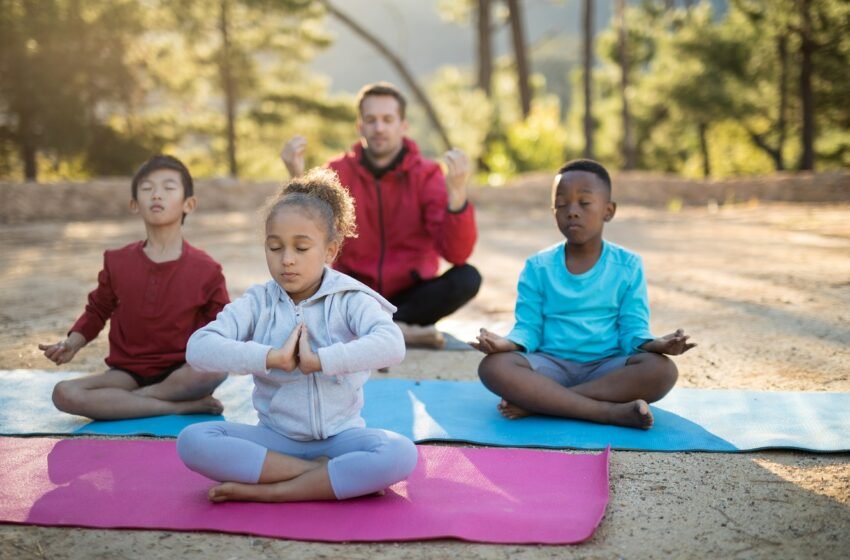 Notice where you are by finding your breath. In and out, inhale and exhale. When you breathe in, notice a feeling of being lifted, like you’re getting taller, and when you breathe out notice coming down deeper inside your body. Up and down, up and down, as you breathe.
Notice where you are by finding your breath. In and out, inhale and exhale. When you breathe in, notice a feeling of being lifted, like you’re getting taller, and when you breathe out notice coming down deeper inside your body. Up and down, up and down, as you breathe.
- Begin to imagine yourself as a tree. Notice your branches and leaves. Feel your skin, imagining that it is like your bark. Then find your upper body, your trunk. Moving down your body, imagine your trunk begins to grow roots into the earth. Down, down, down, feel your roots extending through the dirt until they reach a special place in the heart of the planet. There you feel a release, your roots have found their home. Ahhhhhh. You are held.
- Slowly bring your focus up your roots, back into your trunk, and up to your arms, hands, and fingers, your own branches and leaves. Feel as they sway in the wind, or shine in the sunlight, or as a bird comes to say hello.
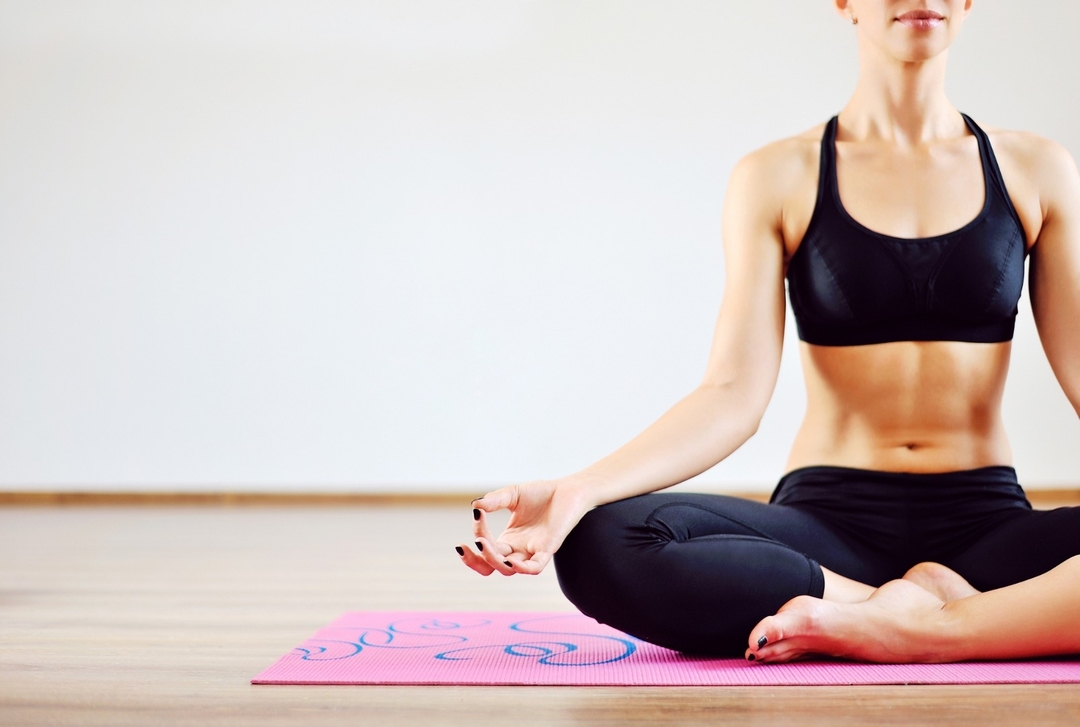 Notice the space around your head and feel the canopy of green surrounding you. We may notice our physical growth most of all, but we are always growing and changing in other unseen ways all the time. We are understanding ourselves and others more. We are noticing the world and what it means to us, more and more. We are sensing life inside us and around us, and we are exploring our place in the mystery. As we grow we strengthen our trunks, deepen our roots, and expand our branches and leaves.
Notice the space around your head and feel the canopy of green surrounding you. We may notice our physical growth most of all, but we are always growing and changing in other unseen ways all the time. We are understanding ourselves and others more. We are noticing the world and what it means to us, more and more. We are sensing life inside us and around us, and we are exploring our place in the mystery. As we grow we strengthen our trunks, deepen our roots, and expand our branches and leaves.
- Get in touch with the seed inside you. A part of yourself that is your essence, like the seed of a tree. It carries all that you have ever been, and all you came here to be. This part of us is unending. It holds all that is true. This is what we can hold onto.
- Come back to your breath now, up and down as you breathe in and out. Be a tree. Feel the growing branches stretching up and deep roots anchoring down.
 Up and down, up and down. Up into our leaves, and down into our roots.
Up and down, up and down. Up into our leaves, and down into our roots.
Just like the environment around a tree is always changing, our lives are always changing too. Everything changes. But no matter what the changes are, we can anchor into our seed, and find what is true. We can remember we are like the trees.
Love from your friend and fellow tree lover, Ammi
Getting to Know Ourselves More
“I am me. I am safe. I am strong. I am whole.”
Say these sentences aloud or quietly to yourself. Repeat them three times. Notice how you feel. Say them again. Say them as many times as you want, over and over again. Draw them, paint them, make a sticker and put it on your wall. Repeat them to yourself when you are in a car, on the bus, on your bicycle, on an airplane, in bed. Whisper them to yourself when you are worried, or frightened, or unsure. Remind yourself of them when you’ve forgotten. Come back to them when you are confused. They will reconnect you with your seed. When you are feeling clear and bright and certain, here are some fun questions to ask yourself. What are you ready to shed and in what ways are you ready to grow? Where will your branches reach? What changes will you create in our world? What new ideas are you here to bring? What new systems are you here to bring in? What change do you stand for? Be you. Be safe. Be strong. Be whole. You are so deeply loved.
When you are feeling clear and bright and certain, here are some fun questions to ask yourself. What are you ready to shed and in what ways are you ready to grow? Where will your branches reach? What changes will you create in our world? What new ideas are you here to bring? What new systems are you here to bring in? What change do you stand for? Be you. Be safe. Be strong. Be whole. You are so deeply loved.
Ammi’s Adventures: A 5-Minute Meditation for Kids
Welcome to the world of Ammi—a mindfulness adventure series for young children. Ammi is a wise and gentle child who leads the way as we explore ourselves and one another through the natural world. Each story uses guided imagery to inspire inner connection and support emotional regulation. These simple meditations recognize the importance of imagination as a foundation for conscious creation in the world. They bridge the physical, the energetic, the emotional, and all the spaces in between. Whether in the home or classroom, you can engage in these special practices with children of all ages.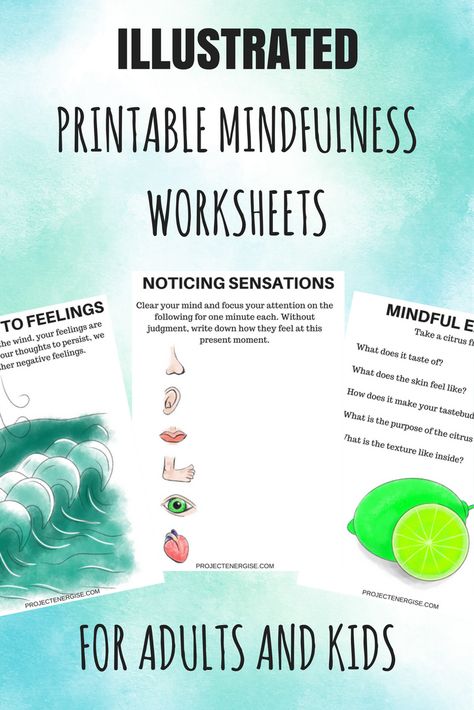 Read them aloud together, listen to the guided meditation, and welcome the time to process and integrate the practice.
Read them aloud together, listen to the guided meditation, and welcome the time to process and integrate the practice.
Ammi’s Adventures: Clouds
Hi! I’m Ammi. My name means “the whole world is inside of me,” and I think it’s true: I carry the whole world in my mind and heart and body. I know you do, too! I like to play games, explore, and discover what makes me, me. I’m so glad we’re together on this journey!
I love to sit and watch the clouds. I play the cloud game with my friends, my family, and I even play it by myself. I look up and the sky comes alive with animals, people, anything and everything. And then it changes again right before my eyes. A dragon becomes a heart. A face turns into a bird. Those clouds always felt so far away, but then one foggy morning I discovered I was inside a cloud! I could feel it on my skin and breathe it into my lungs, and walk around in the thickness of it, while it wrapped around me. It felt like a hug from an old friend.
Later that day I was feeling confused about something important to me.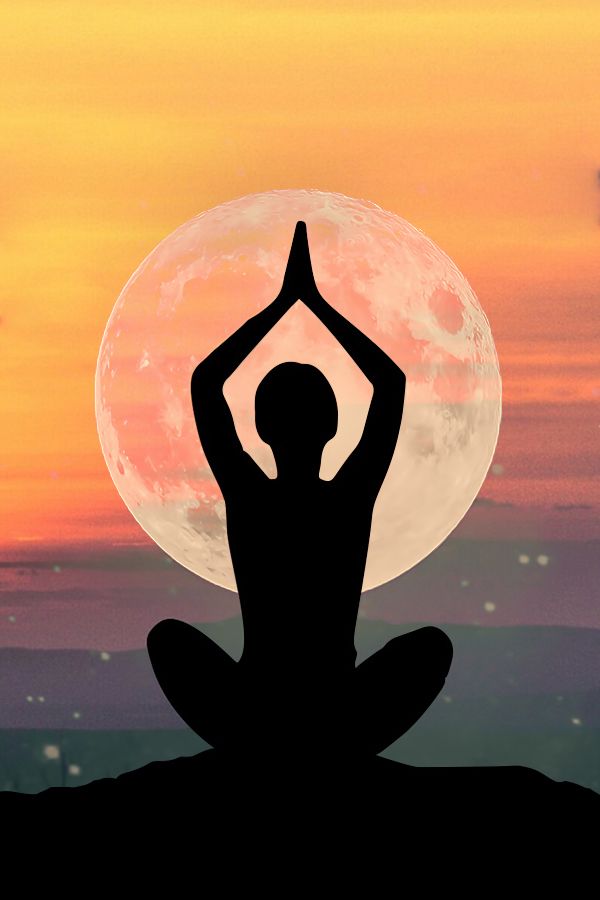 I needed to make a decision and I didn’t know how. It was then that I noticed the feeling was familiar. It was like a cloud, except this time it was inside of me! It felt like a cloud right in my head. My mind was foggy and unclear.
I needed to make a decision and I didn’t know how. It was then that I noticed the feeling was familiar. It was like a cloud, except this time it was inside of me! It felt like a cloud right in my head. My mind was foggy and unclear.
I felt grateful I had spent all that time watching clouds, because I had learned so much from them. I know for sure that clouds change, and that it usually doesn’t take long and that it’s always beautiful to see. So I sat and watched the cloud in my mind. I didn’t try to change it, I was just present as it slowly but surely changed shape and size. I used my wind breathing to center my body and I used kind words to speak to myself so I could be patient and unafraid while the cloud changed. Eventually it thinned and drifted and my deepest self knew what to do.
There are always going to be clouds. Outside ones and inside ones. The more we can be comfortable with the clouds the more brilliant the skies can be! Let’s walk through some clouds and practice being with them together.
A Five-Minute Meditation for Kids
Ammi’s Adventures: A Guided Cloud Meditation for Kids
- 5:00
- Settle into your body by using your breath. Bring the air in through your nose or mouth, and as your chest and belly expand, relax into your chair. Feel your back upright and supported, your root grounded, and your legs on the floor. Breathe in and out, inhale and exhale, as you gently come home to yourself, and softly close your eyes.
- Bring your presence to your low belly. Imagine an ocean there. Fish swimming, colorful coral swaying, a water wonderland. Keep breathing, what else do you see? Move your attention up to your heart center. There, imagine a garden. Blooming flowers, fluttering butterflies, a gentle breeze. Breathe in and out. What else do you see?
- Move your attention up to the center of your head. Imagine there is a still lake with crystal blue water.
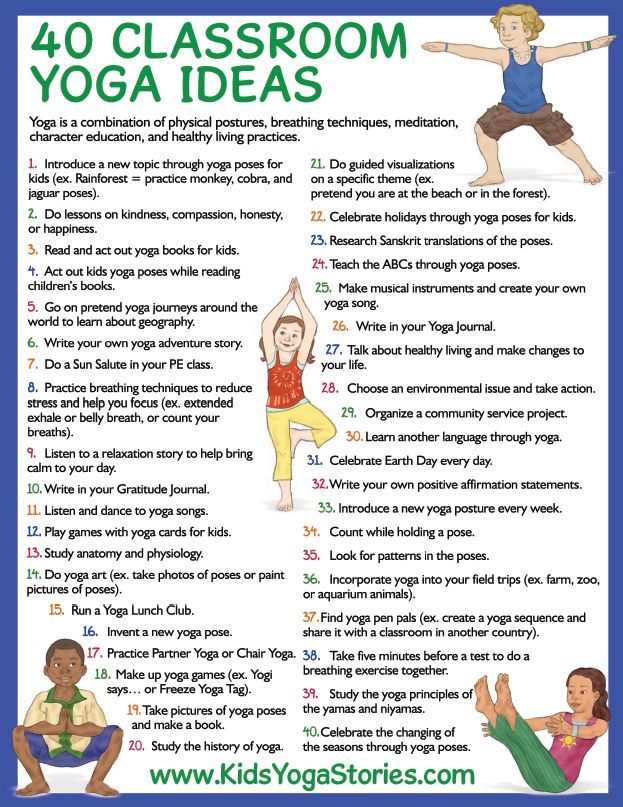 In the sky are big puffy white clouds. Bring your presence a little further up to the top of your head. There, above your head imagine one of those clouds. The cloud grows and grows, filling with rain. When it’s as big as you want it to be and it’s ready to burst open, let it rain down on you. Maybe it’s fast tickling rain, or heavy wet droplets, or light soothing rain. Like a waterfall, let the rain flow from the top of your head down through your lake mind, down into your heart garden, and down through your ocean belly. It flows down your arms and hands, down your legs and feet, and onto the floor around you. Let the rain do what it does best. Cleaning and clearing and bringing new life.
In the sky are big puffy white clouds. Bring your presence a little further up to the top of your head. There, above your head imagine one of those clouds. The cloud grows and grows, filling with rain. When it’s as big as you want it to be and it’s ready to burst open, let it rain down on you. Maybe it’s fast tickling rain, or heavy wet droplets, or light soothing rain. Like a waterfall, let the rain flow from the top of your head down through your lake mind, down into your heart garden, and down through your ocean belly. It flows down your arms and hands, down your legs and feet, and onto the floor around you. Let the rain do what it does best. Cleaning and clearing and bringing new life.
- Bring your focus back to the rain cloud at the top of your head. It has changed again. The rain is gone and it is filled with sunlight. As you breathe gently, let the sunlight shine in and through you. A soft breath and the sun shimmers on your lake mind, a deeper breath and it warms the dirt in your heart garden, another big full breath makes sun rays that stream through your ocean belly.
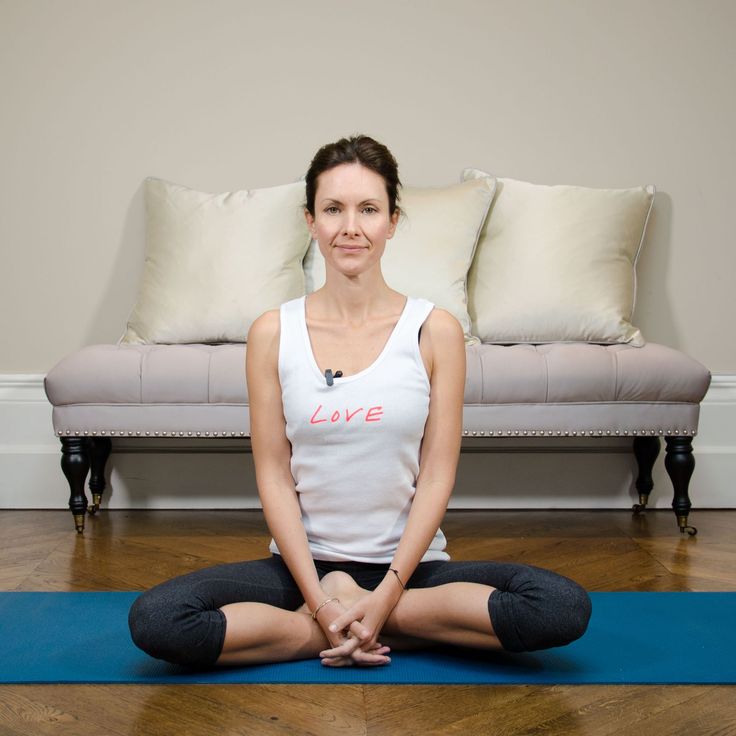
- Tenderly scan your body. Do you see or feel any other clouds inside you? Where are they? What shapes are they? What colors? Are they full and thick or wispy and light? Are they rain clouds or sun, or something else? Be curious about them. Notice them. Welcome them. Be with them. Watch as they change.
Clouds remind us that everything changes. In fact, everything is changing all the time. Including us. Some of the changes are small and gentle and other changes are sudden and gigantic. The only thing to do with change is be in it. Often we find joy in it, and sometimes we just breathe. The clouds remind us how to sit and watch the changes without needing them to be a certain way. We can’t shape a cloud, or even know what it will turn into next. But we can watch and wait and be curious. And we can do that with all that changes inside and outside of us, too! Confusion will always make way for clarity.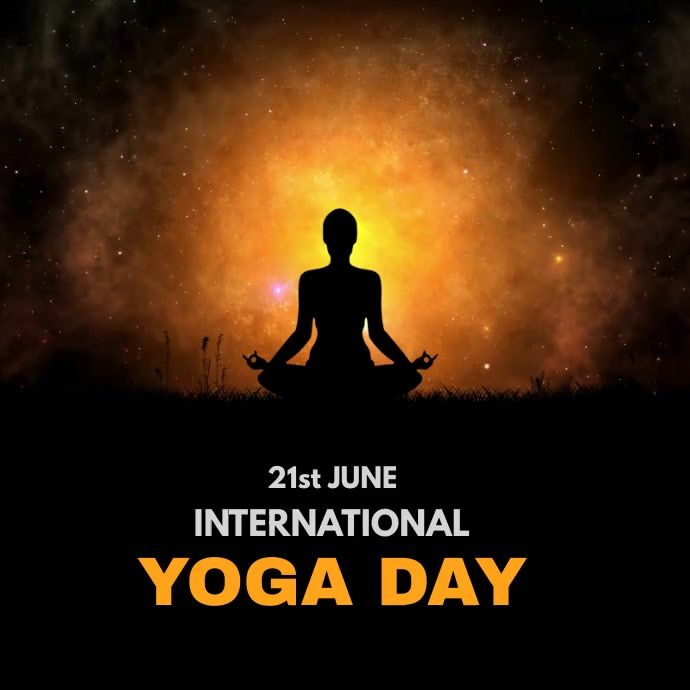 The unknown becomes known.
The unknown becomes known.
Love from your friend, Ammi
Try This: Clear the Confusion with a Cloud
A simple imagining game that helps me take care of myself.
You know what reminds me of clouds? Cotton balls. Cotton balls are really good at soaking things up. Imagine a cloud soaking something up that you no longer need. Think of something you’re holding onto that isn’t yours or you’ve outgrown. Maybe it’s something that you’re confused about and need help with, or just something that feels heavy to you. Now put it into your cotton ball cloud. Let it soak it all up and then watch as it floats away. You might even want to send it to someone or something who you know can help. Notice how you feel. Lighter? Brighter? Clearer? Calmer?
A Parent's Guide to Helping Their Children
Today's youth experience anxiety and stress. Much more than it should. According to recent statistics published by the American Academy of Pediatrics,
Up to 30 percent of children and young adults will experience an anxiety disorder in their lifetime.

Parents and other caregivers should teach our children good stress-reducing habits and introduce them to mindfulness activities that help them grow, support mental health, develop self-control and self-esteem, and reduce anxiety.
One of the best ways to do this is through meditation. We cover everything you need to know about meditation for kids, including what the practice looks like, how to teach it, and why it works. While teaching mindfulness to children may seem like a daunting task for parents or teachers who want to improve the well-being of their children, once you understand what mindfulness and meditation practice is, everything becomes much easier.
Overview: Meditation for Kids
In some ways it is not surprising that children develop stress disorders early. We live in a sensory world. There are real threats, and the unknown can be scary. Today's children suffer from attention spans and an inability to concentrate while studying, in the classroom, or even at play.
It is tempting to think that you can protect your children from all the fears and stresses throughout their lives; the best answer is to explain how to deal with difficult times. Children's meditation can help them with this.
Establishing a solid meditation practice at an early age is a good intention for your children and for yourself as parents and educators.
Whether it's deep breathing exercises, guided meditations, sleep stories, yoga, or any other mindfulness-based intervention, there's no doubt that children of all ages will benefit from mindfulness training from an early age.
Diagnosis of anxiety and behavioral disorders in children has increased dramatically.
Now let's define what meditation is?
For both children and adults, meditation is a practice that can bring great joy and comfort to your life. Although it can be difficult to define meditation in one sentence, in general it can be said that meditation is a mind-body practice that trains mindfulness and focus.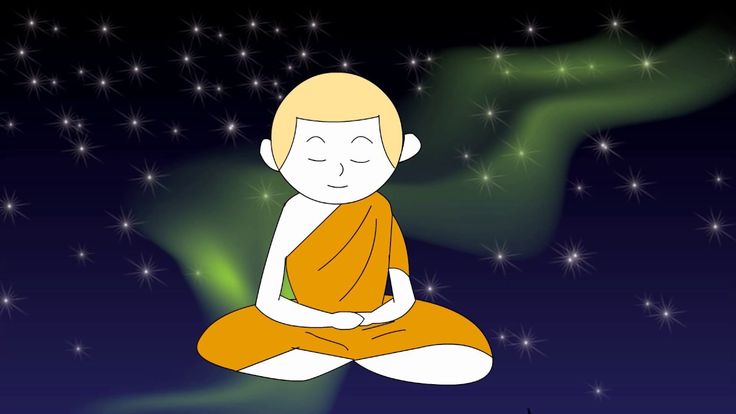
There are many benefits to meditation. For example, it helps to improve concentration, calm frayed nerves, relieve stress, help with self-comfort, and promote happiness. All these benefits are available to both children and adults.
Can children meditate?
Yes! Although a child's meditation will not look the same as an adult's meditation, the basic foundations of the practice remain. Children, for example, may benefit from guided imagery. Their duration may be shorter. And, of course, it is very important to choose meditation for the child. Some, for example, do not tolerate sitting meditation for more than a few minutes very well. However, they are fine with meditating while walking outdoors, mental painting, telling sleep stories in a soothing voice, or even listening to audio recordings as guided meditations.
Mantra meditation can spark curiosity in older children as it requires
extra attention and patience, but can be a great option if your children are willing to dive deeper into
Why is meditation important for children?
Up to 30% of young people develop anxiety disorders.
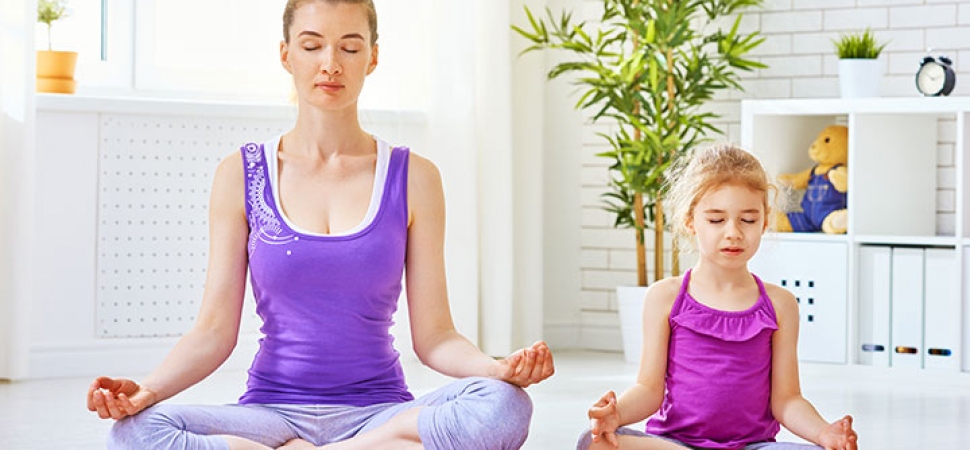
- American Academy of Pediatrics
Children are not immune from the stresses of life. In recent years, the number of diagnosed anxiety and behavioral disorders in children has increased dramatically. These include attention deficit disorder (ADD), attention deficit/hyperactivity disorder (ADHD), and obsessive-compulsive disorder. First, it tells us a few things as our understanding of how conduct disorders manifest in children grows. Second, rates of diagnosis are rising as children are tested and diagnosed with these disorders. In other words, today's children are not necessarily more stressed than children of the past. However, it also tells us that children are more prone to anxiety and stress than we previously thought. As parents, we must be vigilant and help our children cope with stressful situations in life and instill self-care in their lives from an early age.
Can meditation help children cope with stress?
Yes.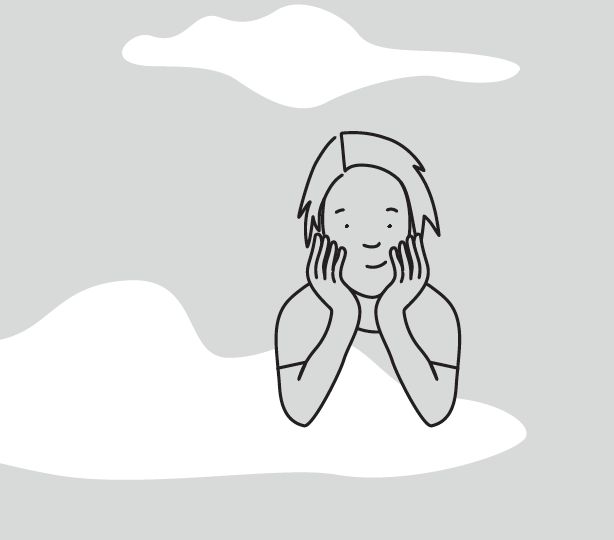 Fortunately, meditation can help calm the symptoms associated with problematic disorders. Children's meditations have the same effects as adults' practice. Even short, simple meditations for beginners can have amazing benefits. A recent study in the Journal of Positive Psychology found that just 15 minutes of meditation has the same positive impact as a full day of vacation.
Fortunately, meditation can help calm the symptoms associated with problematic disorders. Children's meditations have the same effects as adults' practice. Even short, simple meditations for beginners can have amazing benefits. A recent study in the Journal of Positive Psychology found that just 15 minutes of meditation has the same positive impact as a full day of vacation.
Meditations for children
-
Guided Meditation for Children: Live or recorded guided meditation during which the instructor gives instructions for the meditation session.
-
Sleep Meditation: These meditations are gentler and more soothing. Often, meditations are accompanied by music, they calm the mind and prepare the body for sleep.
-
Mindfulness Meditation: Meditation and mindfulness just go together. Mindfulness meditation means awareness (full attention) to the present moment instead of focusing on the past or the future.
Benefits of meditation for children
Children can learn through meditation:
1.
 How to breathe correctly.
How to breathe correctly. Many people learn to breathe incorrectly (shallow) in childhood. Meditation can help develop proper breathing skills. Deep breathing helps focus and relax, which teens, children, and even young adults may not be aware of and express in their own way.
2. How to deal with stress and anxiety.
Meditation helps to re-adjust the mind and calm the hectic thoughts and harsh, stressful emotions.
3. Better focus.
Mindfulness meditation, in particular, can be helpful in improving concentration. This is because staying in the present requires significant attention and awareness.
4. How to calm down and regulate difficult emotions.
Children often experience strong emotions and do not know how to calm down. Meditation helps center the mind and provides a soothing cushion for difficult emotions. If your child loves music, consider downloading a meditation that includes children's music.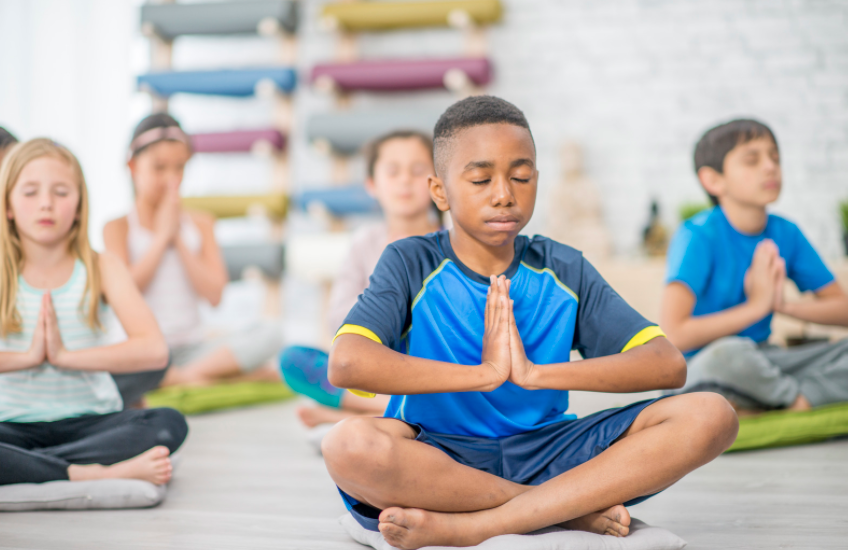 The audio recording can be turned on before bedtime or in the morning when the child is getting ready to start their day.
The audio recording can be turned on before bedtime or in the morning when the child is getting ready to start their day.
5. How to sleep better.
If you want to use bedtime meditation for kids, this is a great idea. Children's bedtime meditation can help alleviate some of the problems they face while resting. Many children feel too anxious, scared, or energetic to properly prepare for bed at night. Meditation before bed is a great remedy for a wandering mind.
Teaching children guided meditation is easier than you think
There is no wrong way to teach a child to meditate. But here are some tips:
1. Start small. Even five or ten minutes of meditation is better than no meditation at all. Before the start of the school day, sit in a quiet place (perhaps even in the car when you drive the children to school) and dedicate time to meditation practice.
2. Try family meditation. Meditation can be a wonderful experience for all family members, including children. This is a great way to bond with your child and build more trust and intimacy.
This is a great way to bond with your child and build more trust and intimacy.
If you have never meditated before, ask an instructor for a quick start session.
3. Don't worry about the details. It is natural for someone to giggle, move, or be distracted and restless in body and mind. This practice is primarily aimed at manifesting itself. They may also fall asleep.
Meditation for Children: Frequently Asked Questions
At what age should you start meditating?
You can start mindfulness meditation or short, informal meditation sessions with your children at any time. As a general rule, seated meditations are best for children six years of age and older.
How do you meditate as a family?
Here is a quick family meditation: Find a quiet place. Sit on the floor and assume a comfortable, mindful posture. Straighten your back and close your eyes slightly. Set a timer for two to five minutes. Focus on taking a deep breath: Inhale.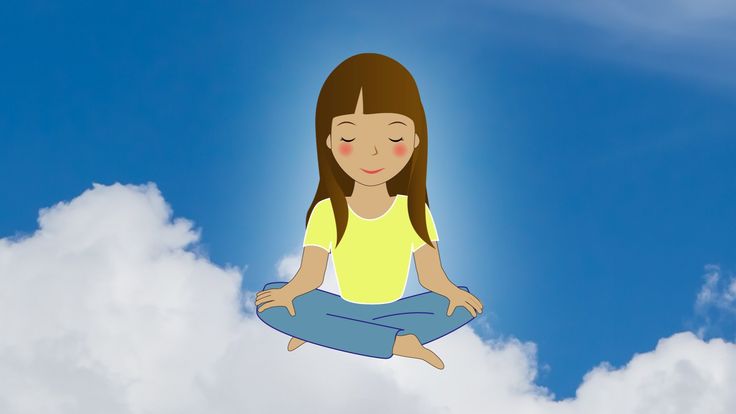 .. and exhale... Inhale... and exhale... Inhale... and exhale... until the timer runs out. Breathing exercises are the best way to introduce children to meditation - they give them the opportunity to focus and concentrate.
.. and exhale... Inhale... and exhale... Inhale... and exhale... until the timer runs out. Breathing exercises are the best way to introduce children to meditation - they give them the opportunity to focus and concentrate.
Does meditation help in studies?
Yes. Meditation has been proven to help children focus better and be less distracted. It helps to improve attention during classes and while studying. Meditation can also improve memory and provide mental and physical support to children as they learn. You can even teach your kids to meditate during their lunch break or before exams and tests at school.
Can babies meditate?
While you probably won't be able to get your little one to sit up during a full meditation, you can work on focus together. Try focusing on one object (like a ball) for 30 seconds. Look at it with your child and describe everything about it (color, shape, size, texture, smell...). This is a great mindfulness meditation for toddlers.
What tools, applications and other methods can be useful for children?
Meditation is not the only holy grail for helping children deal with the stresses of the world - there are a whole range of ways to become more mindful and relax. Yoga, painting, singing, pottery, and being in nature (such as forest bathing or swimming) are fantastic tools to support child development.
For apps, check out meditation apps like Headspace, which offers a library of mind-guided programs and meditations with fun illustrations that young children might find interesting.
Resources for Anaachan Meditation
Meditation Vika
Meditation for chakras
Meditation techniques
Meditation of Body scan
Management Meditation for children
Meditation
Up to 30% of young people will suffer from anxiety disorders
Anxiety and depression in children: Find out the facts | CDC
The impact of 15 minutes of meditation compared to one day of vacation
Meditationfest: Deidre Heid - 5 minutes meditation, morning meditation and meditation before bed .
 The event runs for 6 days (09/10/2012 - 09/15/2012) and only during this time lectures will be available for free listening on the meditationfest website. On the first day of the event, so many people came to this site to listen to famous meditation masters that the server could not stand it and the site did not work for some time! But if you do not have time to listen to these lessons or simply do not know English, but still want to learn about meditation from the lips of the best teachers, then I will specially publish reviews of these lectures on my website during this and next week and translate what they say teachers. So you will have the opportunity to get acquainted with these materials in an accessible form here on the site.
The event runs for 6 days (09/10/2012 - 09/15/2012) and only during this time lectures will be available for free listening on the meditationfest website. On the first day of the event, so many people came to this site to listen to famous meditation masters that the server could not stand it and the site did not work for some time! But if you do not have time to listen to these lessons or simply do not know English, but still want to learn about meditation from the lips of the best teachers, then I will specially publish reviews of these lectures on my website during this and next week and translate what they say teachers. So you will have the opportunity to get acquainted with these materials in an accessible form here on the site. This is an overview of the first meditation lesson. The structure will be built as follows, first I will retell the essence of the practice of one of the teachers, I will try to convey everything as accurately as possible, as it was in the original lesson. I will refrain from criticism and will not express my opinion. Only at the end I will allow myself to comment a little on this meditation lesson.
I will refrain from criticism and will not express my opinion. Only at the end I will allow myself to comment a little on this meditation lesson.
Balance and abundance
So the lecture is given by Deirdre Heid, an honored teacher of practice.
The program is called Rebalancer and Abundance. (if you see somewhere an inaccuracy in the translation of terms, then please correct it in the comments)
Deirdre Heid is the founder of a meditation practice called Radiance, the foundations of which are rooted in Kabbalah. The spiritual development of D. Heid determined one event in her life. When she was 15, her mother was diagnosed with breast cancer. Doctors predicted an imminent death, but Deirdre's mother, to the surprise of the doctors, lived another 14 years, thanks to the practice of working with Energy jointly developed with her daughter. According to D. Heid, a person consists of energy flows that intertwine and flow into each other (like a circulatory system).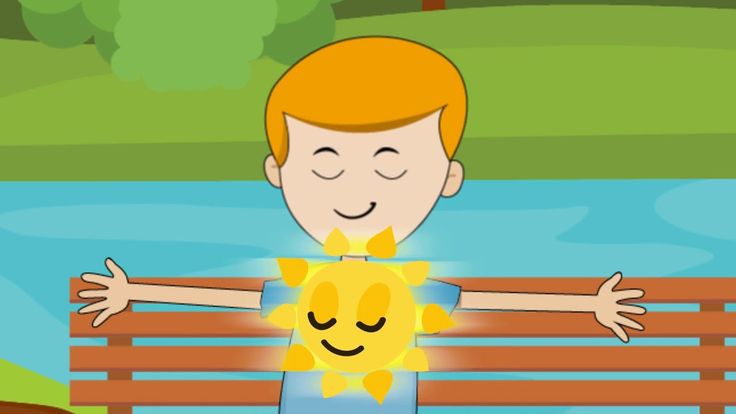 If the energy in its movement finds an obstacle, then this slows down the flow and directs it to the wrong place and makes it difficult for the free circulation of energy inside our body or energy circuit. This, according to the theory of D. Heid, is the cause of fatigue, stress, anger, envy, addictions, illness and depression.
If the energy in its movement finds an obstacle, then this slows down the flow and directs it to the wrong place and makes it difficult for the free circulation of energy inside our body or energy circuit. This, according to the theory of D. Heid, is the cause of fatigue, stress, anger, envy, addictions, illness and depression.
The “blockage” of energy pathways prevents us from living consciously in happiness and in a state of complete freedom, at the maximum of our energy capabilities. The practice of Deirdre Heid is to eliminate the blocking elements (blocks) of energy flows, ensuring its free passage through the "vessels", directing it in the right direction. To learn how to manage energy, you need to practice meditation. Deirdre defines meditation as "superpower napping without nap".
Deirdre gives an example of an exercise that allows you to direct energy where it is needed.
Energy flow control exercise
Change your right hand, squeeze your palm, imagine that in the palm of this hand a luminous clot of pure energy, the size of a tennis ball, is pulsing. Feel its warmth and its light. Slowly raise your left hand as well. Hold the clenched palm of the left hand 15 to 20 centimeters from the right. Feel the energy flowing from one hand to the other. Start spreading your arms another 20 centimeters, then slowly bring them to their original position at a distance of 15 - 20 centimeters and you will feel resistance, as if something is “giving back”. It was you who created the energy field, take this energy in both palms and place it in your heart in a gentle motion (press both of your palms against your chest opposite your heart). Imagine that your heart is a golden cup filled with the flowing light of pure energy.
Feel its warmth and its light. Slowly raise your left hand as well. Hold the clenched palm of the left hand 15 to 20 centimeters from the right. Feel the energy flowing from one hand to the other. Start spreading your arms another 20 centimeters, then slowly bring them to their original position at a distance of 15 - 20 centimeters and you will feel resistance, as if something is “giving back”. It was you who created the energy field, take this energy in both palms and place it in your heart in a gentle motion (press both of your palms against your chest opposite your heart). Imagine that your heart is a golden cup filled with the flowing light of pure energy.
Now you have created energy and you can use it to your advantage.
This is one of the exercises of the D. Heid method, her practice also includes 3 daily meditations for 5 minutes, which includes meditation before going to bed
Three meditations
- day ahead
- Day Meditation - Balance (Rebalancer) - bringing yourself into a state of balance throughout the day
- Evening meditation - right before bedtime, stress relief, light deep sleep, colorful dreams
Morning meditation
In the morning you get up still not recovered from sleep. Consider that you have one foot in your subconscious, which raged when you slept and showed you amazing pictures of dreams. Therefore, everything that you order yourself will have tremendous power, as it will be deposited in your subconscious. Therefore, D. Heid advises to pronounce affirmations (affirmations), to give commands to yourself at this particular time.
Consider that you have one foot in your subconscious, which raged when you slept and showed you amazing pictures of dreams. Therefore, everything that you order yourself will have tremendous power, as it will be deposited in your subconscious. Therefore, D. Heid advises to pronounce affirmations (affirmations), to give commands to yourself at this particular time.
Now I will tell you how to do morning meditation . It's not hard at all and only takes 5 minutes.
Now close your eyes, relax, take a sitting position and imagine golden light, imagine that your brain is immersed in this light and it begins to fill you. Now you yourself have become light, pure light (pure light) and from this moment you are ready for everything that this new day can give you!
That's the whole meditation. Not difficult at all, right?
Daytime Meditation
It's called the Rebalancer because it balances you in the midst of the day's turmoil. Meetings, meetings, people can all lead to stress and provoke the appearance of negative energy in you.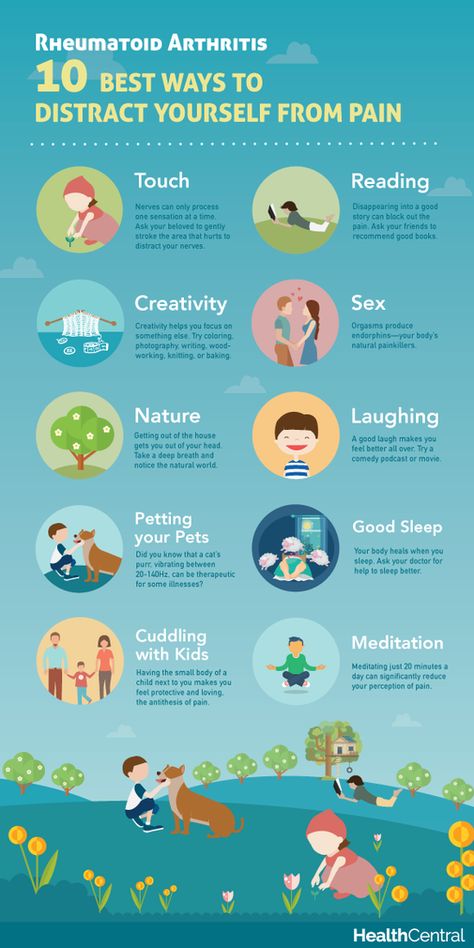 It is impossible for such energy to cling to you, you need to get rid of it, get rid of stress, so that in the evening you do not feel tired and tired.
It is impossible for such energy to cling to you, you need to get rid of it, get rid of stress, so that in the evening you do not feel tired and tired.
Again, take 5 minutes, sit down, close your eyes and watch your breath. Silently recite the affirmation
I am body of balance
I am calm
I am centered
I am peace
I am immersed into my true self (I am present of my trueself)
Relax, pay attention to your breathing, it should be calm and rhythmic. Feel the light fill your head, then move to your heart. And your heart is a golden cup, within which shines the light of divine love.
Now create a blue tube of protection around you. It will now protect you from all the problems that may come upon you during the day, so that by the evening you will be calm and full of energy.
Evening meditation before going to bed
Often you cannot fall asleep because your head is torn to pieces by thoughts about the current day. You are still under stress. This bedtime meditation will help you fall asleep peacefully and sleep soundly with more colorful dreams than usual. Sleep will be deep and allow your body to have a great rest. This practice will be like a bedtime story for you.
This bedtime meditation will help you fall asleep peacefully and sleep soundly with more colorful dreams than usual. Sleep will be deep and allow your body to have a great rest. This practice will be like a bedtime story for you.
Turn off the lights or leave the nightlight on. The position of the body does not matter, you can either lie on the bed or sit. Close your eyes and imagine that your body is floating among the stars, in the lulling void of space. (Heidre says that this is some kind of eternal symbol, the stars are something that people have observed since the most ancient times and this should plunge you into eternity, freeing you from the bonds of today).
You are wrapped in a golden cocoon of pure energy and moving towards the stars. Watch your breath, you feel warm and calm. Your guardian angel (it should also be an eternal, archaic symbol - my note) pulls you out of the seething maelstrom of stress and carries you to a white ship, under the sails of which you will go to the realm of calm and peaceful sleep.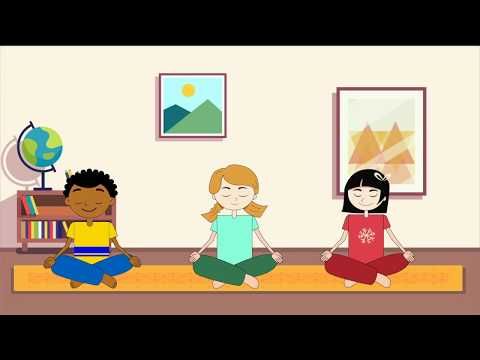
Meditation is something to do regularly
Deirdre insists that you do meditation regularly and don't quit if you don't feel any effect. This practice requires patience. I completely agree with her on this. She also says that it would be nice to occasionally brush up on the essence of her practices and listen to her lectures once every six months (or re-read an article on my blog). Well, of course, Heid offers to buy her CDs with meditation lessons.
That's all, now let me make a few comments.
Summing up Deirdre Heid
I can disagree with the theoretical foundations of D. Heid's practice, considering that the theory of energy flows is arbitrary and too simple and straightforward. Nevertheless, meditation works, it is beneficial, and it does not depend on how its effect is explained: the direction of energy, the opening of the chakras, or the strengthening of alpha rhythms in the brain. With this I cannot argue. Therefore, explain as you like, it does not matter, since the main thing here is not the theory, but the practice itself.
This meditation is suitable for those who have little time and cannot afford to practice 20 minutes twice a day. But if you have time, I would still recommend that you practice longer, as it is very difficult to completely relax in five minutes (at least for me). But what is really indispensable in the D. Heid exercise system is evening meditation before bedtime. A 20-minute practice session gives a strong surge of energy, energizes, which is why it is problematic to practice such meditation before bedtime. And what Deirdre advises is very suitable for this.
It can also be problematic to relax during the day, so daily meditation according to Heid is also quite useful and hardly replaceable thing. Although I do prefer the 5 minute breathing exercise if I need to de-stress at work.
What if I need to go to sleep and I'm excited and agitated. I listen to calm music with headphones (ambient) and concentrate on it and immerse my mind there. (you can listen to it in my group in contact (link at the top right)) With such music, I can easily imagine myself among the stars and on the tops of the mountains and by the sea.